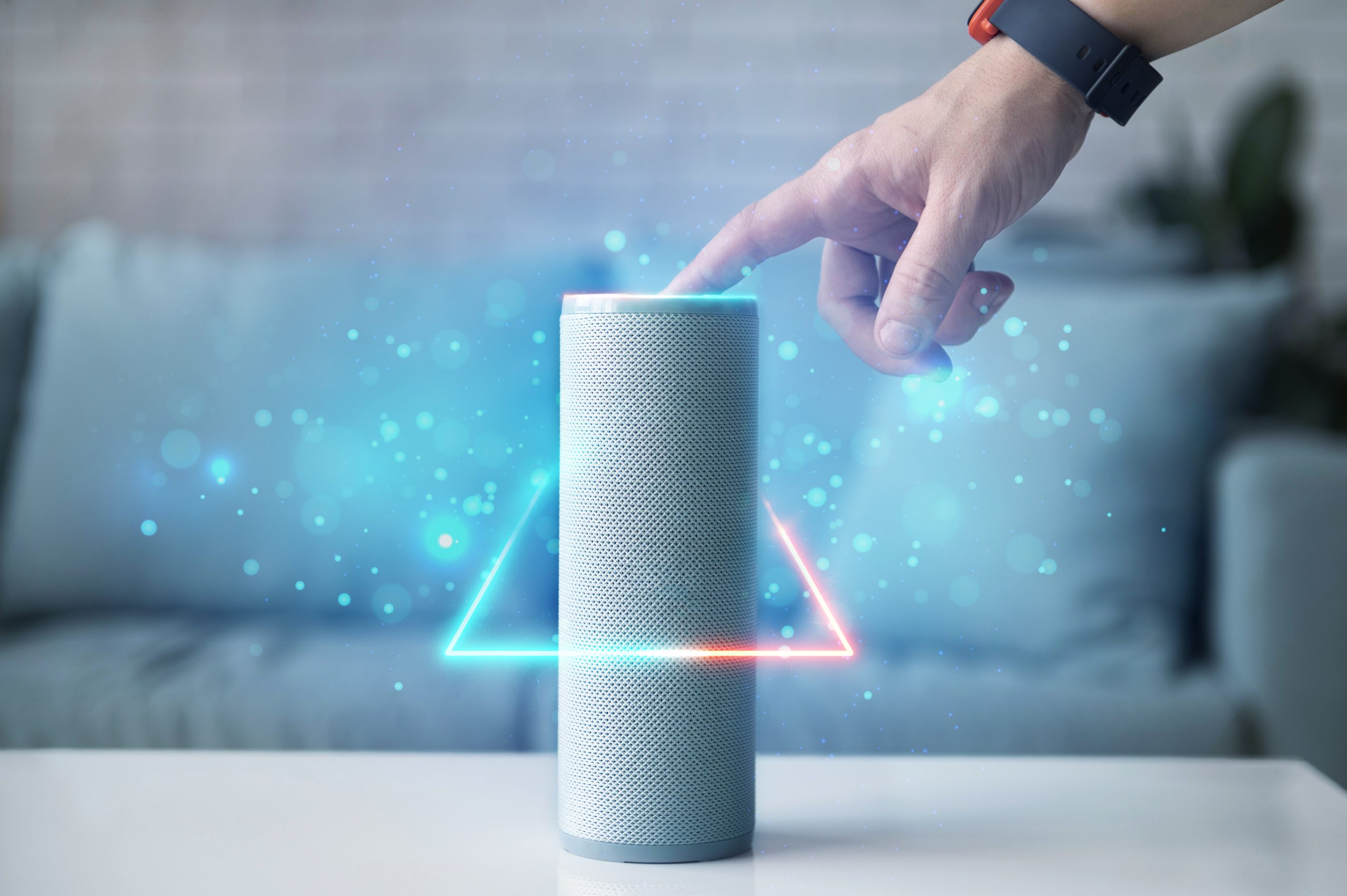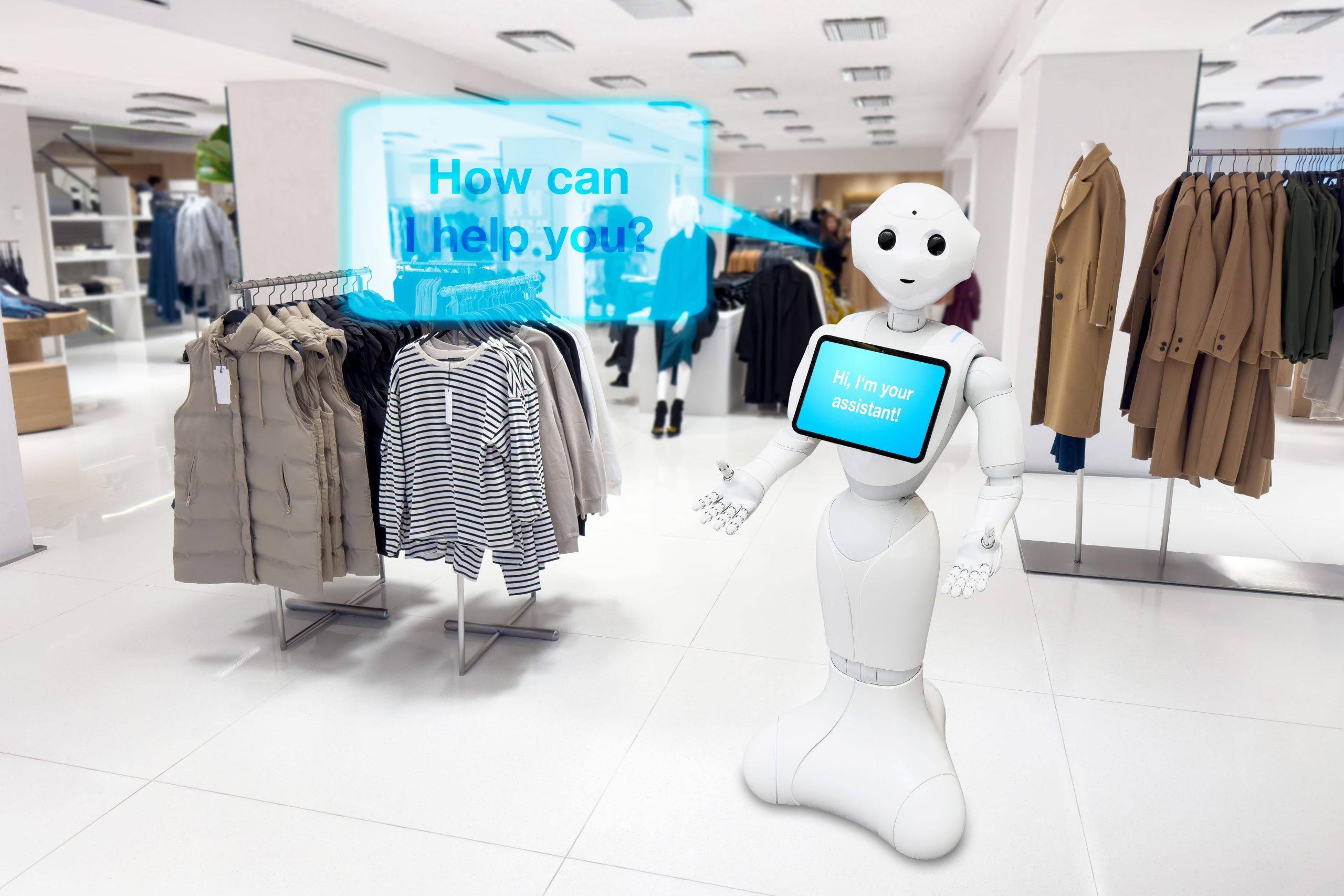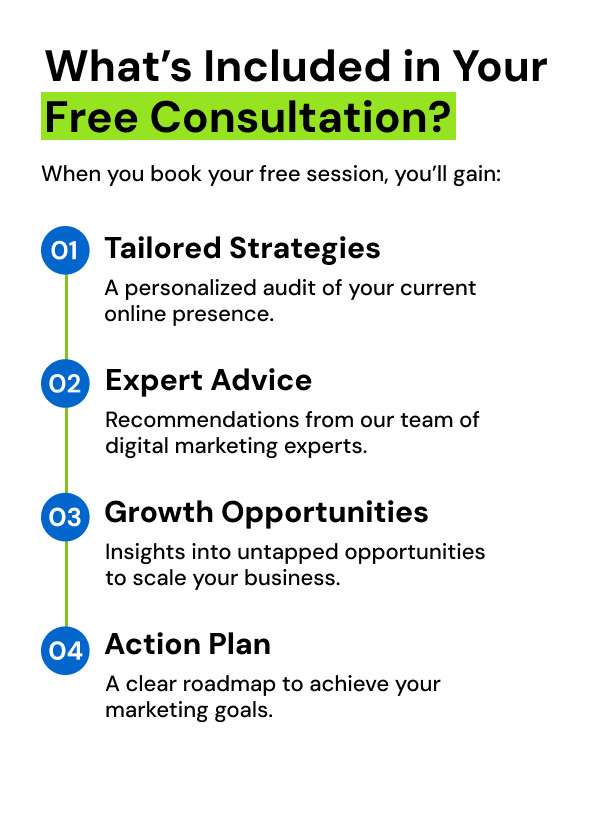The Rise of Voice-First Branding In the Age of Smart Devices
Voice search has evolved from novelty to necessity. The launching of voice assistants caused them something more than “tech-party-tricks” treatment. Siri and Google Assistant’s early versions often produced unconvincing results, because they struggled at interpreting natural language.
As time moves ahead, and now in 2025, voice recognition accuracy is now exceeding 95%, owing to the tech advancements of AI and machine learning. Smart devices can now understand context, tone and user intent. So, this evolution is making voice search indispensable.
What is driving the voice-search surge?
Voice search has begun gaining momentum for these specifics:
- Smart devices are now everywhere
Voice-enabled devices have been woven into daily life, from smartphones to refrigerators.
- Faster internet speeds
Voice interaction has become smoother with latency reduction, which has improved response times.
- Busy lifestyles
Maybe while driving, cooking or working out – nowadays, people need fast, hands-free access to information when they are multitasking.
Now, consumers expect trends to literally speak their language through voice search platforms.

Speaking naturally, voice search is changing consumer behaviour
This is the zone of difference – people use shorthand while typing, but while speaking, they are bound to use full sentences. This change is critical to be addressed by SEO and content development.
Let us consider these examples:
When typed: “best acupuncture clinic Northern Beaches”
When spoken: “What is the best acupuncture clinic in Toronto for holistic healing?”
Although this difference appears to be small, it is really massive for search engines. Optimizing content for this new search style indicates adopting a more human and conversational tone resonating with voice search results.
Voice search is equal to local search
Nearly 50% of voice queries are for local intent. People need fast and nearby answers. Hence, optimizing your business for “near me” searches are dramatically improving in discovery and traffic through voice search.
Why has voice search started reshaping branding?
Voice search has evolved as a branding game-changer. Consumers are now using smart devices like Alexa, Siri, and Google Assistant to discover and engage with brands. Search is thus being reshaped. Voice search is now a daily habit, not a novelty. Brands that adapt to voice search are also found and remembered more easily.
- Over 50% voice-based global searches
- 71% of consumers prefer to solve queries through voice rather than typing
- Voice search is proven to be more conversational and intent-driven
Why is a new SEO mindset a must for voice search?
Different from traditional search, voice assistance often delivers a single answer. It indicates the brands have to aim for “position zero” – the featured snippet.
- Voice assistants emphasize concise, structured answers
- Brands ranking here become the default recommendation
- It helps in building trust and top-of-mind recall

Voice search speaks the users’ language – natural, conversational content
Since voice queries replicate real conversation, so should a brand’s content.
- Long-tail, question-based keywords should be used
- FAQs and conversational phrases should be included
- For snippet-readiness, the answers should be between 30 and 50 words in length
Local SEO – the voice goldmine!
“Near me” searches are now dominating voice queries. It’s a chance for local businesses to win big here.
- Claiming and optimizing Google Business Profile
- Using location-specific keywords and schema markup
- Encouraging reviews – voice assistants prioritize high-rated listings
Technical aspects must-to-retain for voice SEO
Behind the scenes, a website should load quickly, be mobile-friendly, and be well-structured.
- Ensuring mobile responsiveness and fast loading times is compulsory
- Using schema markup for the brand’s products, locations and FAQs
- Securing a website with HTTPS
Voice branding often goes beyond search
Voice search has started evolving voice commerce and branded voice experiences.
- Brands have started creating Alexa Skills and Google Actions
- The new loyalty programs in the process of becoming are the personalized voice interactions
- The key in diverse markets, as in India, is the multilingual voice optimization
Common pitfalls to be careful of and avoid
Every brand should be conscious of
- Ignoring mobile optimization for the website
- Overloading content with keyword stuffing. Only natural phrasing is allowed
- Skipping structured data and FAQ formats
- Neglecting local SEO and voice-specific analytics
Conclusion
Voice search is now the talk of the day. The way people interact with brands is now undergoing a transformation. The brands have to be both found and chosen. Now the smart devices are being embedded in everyday life, so the brands have to equally evolve to meet users where they are – speaking in natural language, searching locally and expecting instant answers. Voice optimization is a strategic shift, not only a trend. Embracing this, in fact, will lead to tomorrow’s conversations.




